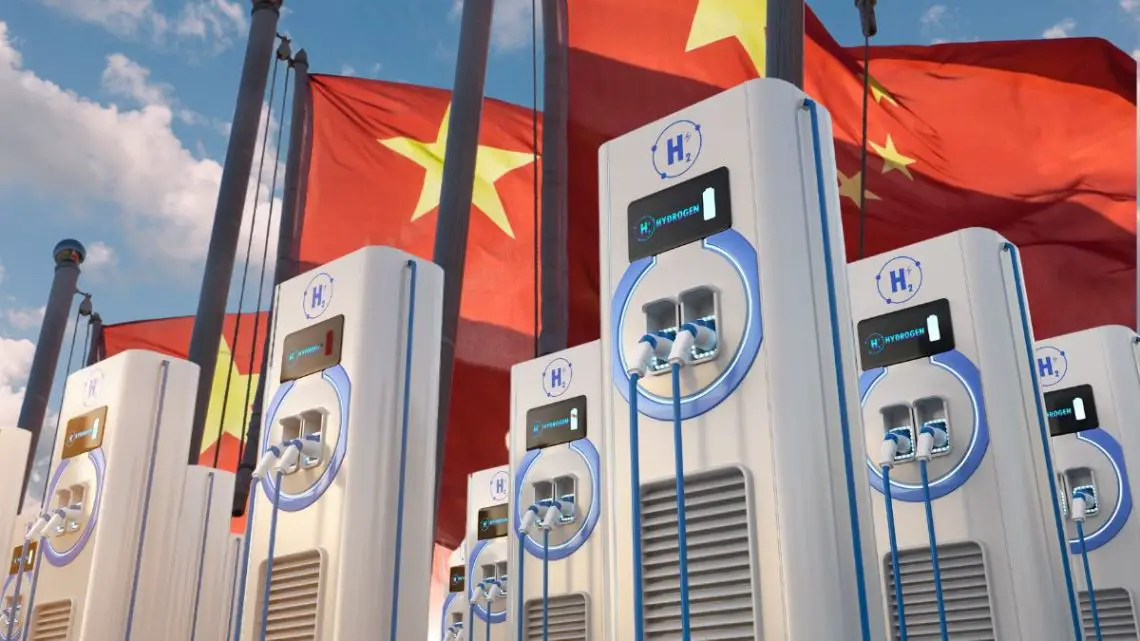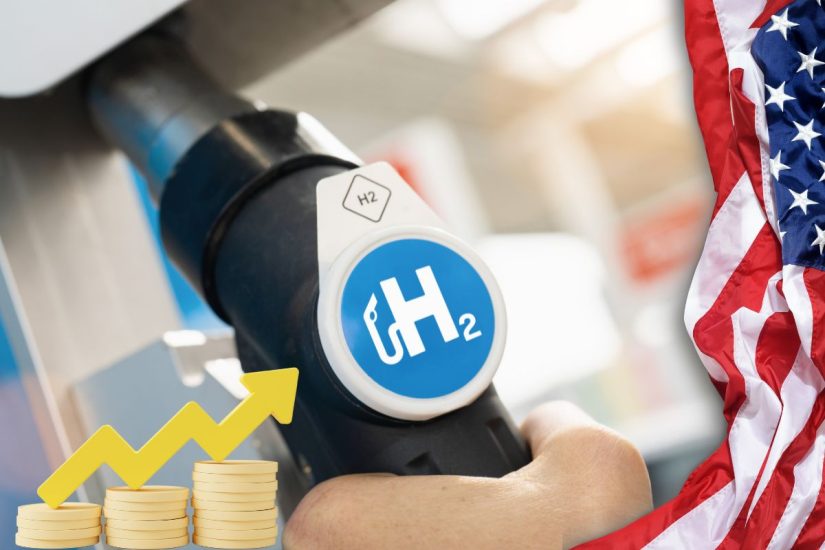
Chinese green hydrogen station’s prices are one seventh of those in California
March 21, 2024The location says that its H2 prices are about the same as are charged for diesel
China is the home of the biggest green hydrogen and refueling station complex in the world, and those using the clean energy are able to obtain it for a fraction of the price being paid in California.
The complex charges 35 yuan per kilogram
At 35 yuan per kilogram (about $4.86 per kilogram), it means that the price of green hydrogen at the station is about the same as what is being paid for diesel. This not only makes the station stand out when compared to stations in the US, but it also makes it unique in China, where the low cost of the clean energy is not universal.
Unlike most H2 refueling stations in China, the location Sany has opened in Hunan province’s city of Changsha has done things differently. It just started a testing phase this month, in which it uses alkaline electrolyzers to produce its own H2. This allows the location to sidestep the need for transportation and its associated costs.
Producing up to 180 kilograms of green hydrogen per hour
Sany’s site produces as much as 180 kilograms of green hydrogen per hour. That said, the pumps at the site are only able to dispense up to a daily 2 tons. This is about the amount that would be needed to fill just over 100 vehicles.
Comparatively, in other parts of China, green hydrogen’s price at the pump is closer to 75 yuan per kilogram. Though that’s still notably cheaper than its price in many other countries, it’s clearly much higher than it is at the complex in Changsha.
Prices in California
Meanwhile, in California, the largest market for H2 in the United States, the prices being paid at the pump are about $36 per kilogram. That makes it over seven times higher than what customers are paying at the Sany facility.

In Europe’s largest market for H2, Germany, customers are paying anywhere from €12.85 to €15.75 per kilogram (about $14 to $16.60).
Green hydrogen more competitive than diesel
The goal in China is to bring down the price of H2 even further. The idea is to use certain strategies such as upgrades from future technology to send prices in the country under 30 yuan per kilogram. In this way “hydrogen fuel vehicles are more competitive than diesel vehicles,” said Sany Hydrogen Energy Hydrogenation Equipment Institute director Wang Zhimin. Moreover, that prediction is based on prices without assistance from subsidies.
Overcoming upfront costs
When it comes to heavy and long-haul transport in particular, H2 is frequently viewed as one of the best available routes to decarbonization. That said, converting existing trucks or purchasing new ones to run on green hydrogen would require fleet owners to commit to substantial upfront costs. Alternatively, they would need to rent from programs running pay-to-use models, such as the one Shell is running in Germany.
Closing thoughts
 Though some logistics firms might be willing to take that on because the cost of diesel is already quite high, the price of H2 would need to come down to make the investment worthwhile. If H2 were to be available at a low cost, it has the potential to become far more appealing for use in road transport and other highly polluting areas, such as industry.
Though some logistics firms might be willing to take that on because the cost of diesel is already quite high, the price of H2 would need to come down to make the investment worthwhile. If H2 were to be available at a low cost, it has the potential to become far more appealing for use in road transport and other highly polluting areas, such as industry.
Unfortunately, the price at the green hydrogen pump remains stubbornly high in most markets. This makes it too costly for most fleet owners to consider in the very near future.
However, if it were to be possible for other refueling companies to follow a strategy leveraging the advantages of scale while avoiding certain costs such as transport by producing the H2 on site, it would be interesting to see if the number of adopters makes a sudden increase.
Ready to test your knowledge on the most abundant element in the universe? Take our fun and engaging Hydrogen Quiz now! [forminator_quiz id=”58712″]



 With over 15 years of reporting hydrogen news, we are your premier source for the latest updates and insights in hydrogen and renewable energy.
With over 15 years of reporting hydrogen news, we are your premier source for the latest updates and insights in hydrogen and renewable energy.
It would be interesting to understand the carbon mix of the electricity used in both countries, assuming the hydrogen concerned is made using electrolysis. If the electricity used by either comes from methane or coal combustion, or even that the hydrogen comes from SMR, then this comparison is all academic.